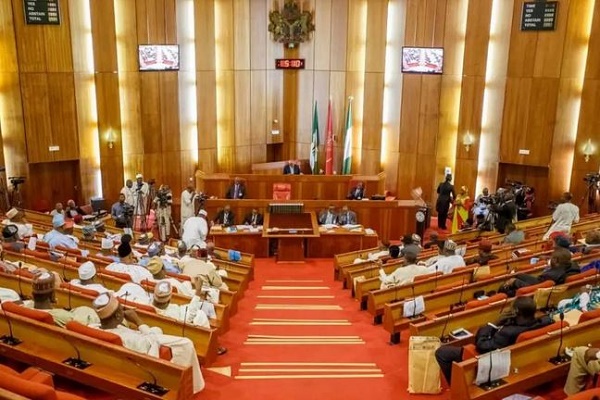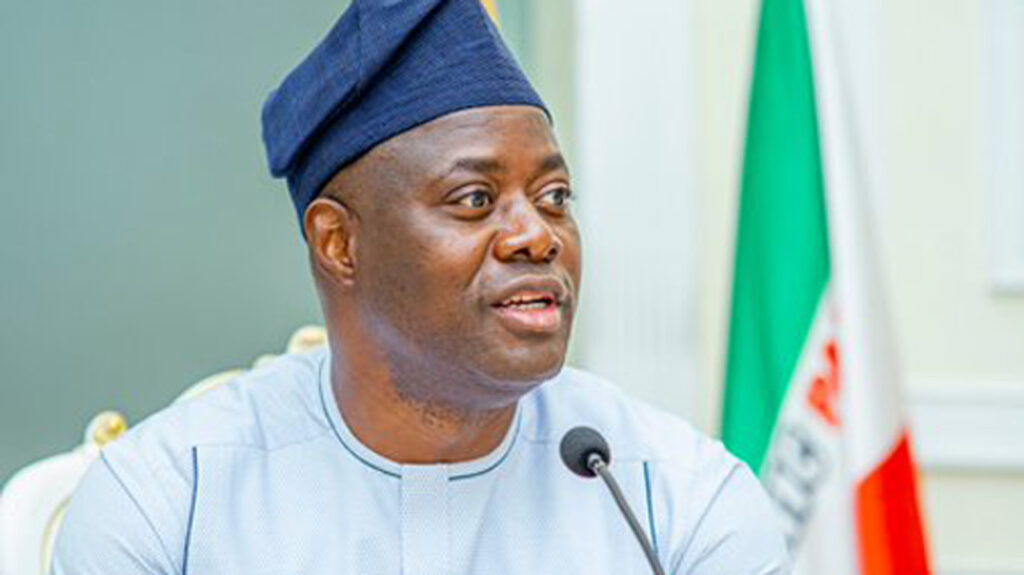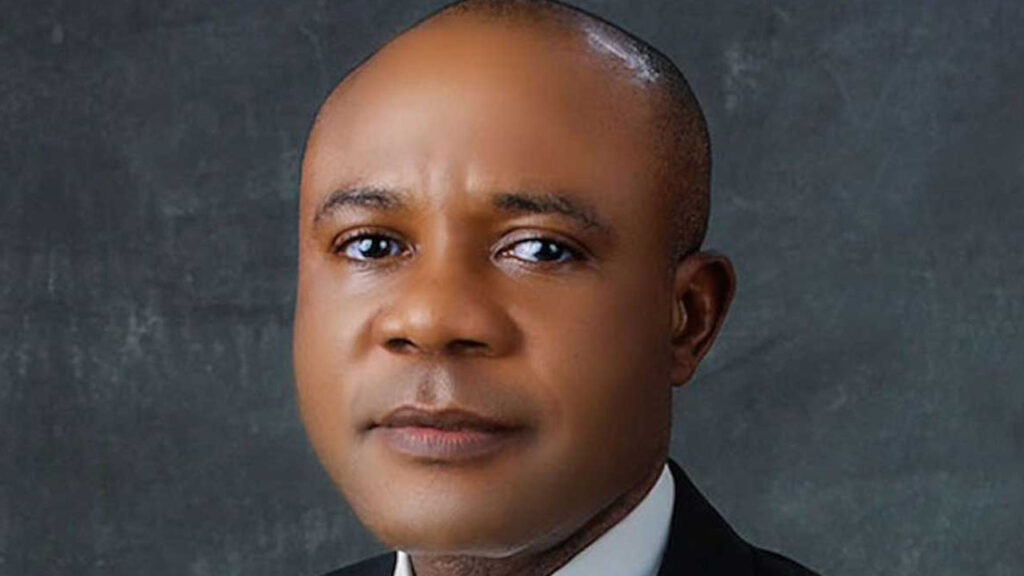 With sixty per cent of Africa’s population under 25, the continent stands to gain significantly from digital education, according to the World Economic Forum (WEF). However, challenges such as high ICT infrastructure costs and varying digital readiness levels across countries hinder progress.
With sixty per cent of Africa’s population under 25, the continent stands to gain significantly from digital education, according to the World Economic Forum (WEF). However, challenges such as high ICT infrastructure costs and varying digital readiness levels across countries hinder progress.
At the forefront of this revolution is Andrew Eze, the co-founder and chief technology officer (CTO) of Afribary, who is pioneering initiatives to digitize academic and learning resources.
Reflecting on his journey in an interview, Eze recalled his early days working as an assistant teacher in a secondary school, where he witnessed students struggling with traditional teaching methods. This experience ignited his passion for online learning, ultimately leading to the creation of Skoola. He said, “Technology has the potential to enhance the quality and accessibility of education, fostering collaboration and driving industry innovation.”
Africa’s youth and the digital divide
“Africa’s young population presents an opportunity for digitalization in higher education,” Andrew added. “By leveraging digital technologies, we can make education more accessible and cost-effective, especially in areas where traditional methods are impractical.
However, the continent faces challenges due to insufficient infrastructure, disparities in digital literacy, etc. For instance, South Africa’s infrastructure maturity stands at 82%, with a digital literacy rate of 53%, while Ethiopia lags at 33% and 20%, respectively. These discrepancies highlight the need for tailored approaches to digital education that address the diverse needs of African countries and institutions, without widening existing inequalities.
Demand for digital skills
Furthermore, Data from the World Economic Forum underscores the growing demand for digital skills across African countries, with Egypt, South Africa, Congo, and Nigeria leading in the prevalence of STEM fields in their workforce. For instance, Egypt has a 6.85% share of STEM fields, followed by South Africa (5.7%), Congo (3.53%), and Nigeria (2.83%).
Moreover, these countries also exhibit high demand for digital skills, with Egypt (31%), South Africa (25%), Nigeria (12%), and Congo (11%) emerging as the top four African countries in this regard. These statistics emphasize the need for investing in digital education initiatives to meet the growing demand for skilled workers and drive economic growth.
Challenges and solutions
In a report, Ucheoma Cynthia Ekejiuba, a Research Associate at CSEA Africa, highlighted key factors contributing to the digital skills gap in Africa. “Limited access to quality education and relevant training programs, disparities between urban and rural areas, inadequate educational infrastructure, lack of teacher proficiency in digital tools, scarcity of localised digital content, and affordability issues are some of the challenges hindering the effective adoption of technology in education,” she said.
“Addressing these challenges requires prioritising STEM education, investing in infrastructure, and promoting skill development programs across Africa,” she added.
As Africa looks towards a digital future, Eze’s work serves as a beacon of hope. His commitment to bridging the digital divide in education is not just about transforming systems but also about empowering individuals.
Conclusion: Bridging the gap
In conclusion, bridging the digitalisation gap in African higher education requires a concerted effort to prioritise STEM education, invest in infrastructure, and promote skill development programs.
“This is a call to action for African governments and policymakers to invest in technologically empowered human capital, driving sustainable economic growth and development,” Andrew said.













